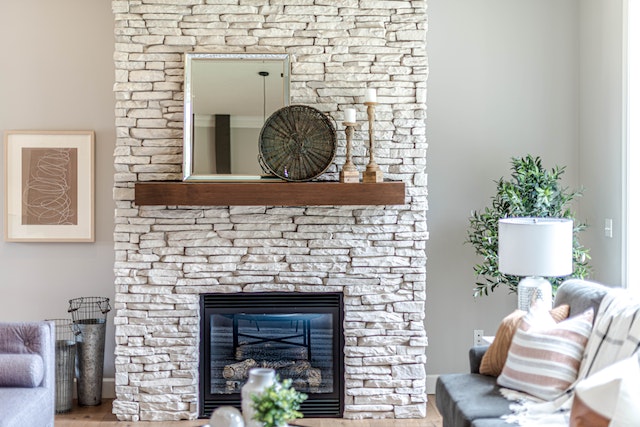
Chimneys play a crucial role in the proper functioning of a home’s heating system, allowing smoke, gases, and other byproducts of combustion to safely exit the building. Over time, however, chimneys can develop issues that might compromise their efficiency and safety. Regular chimney inspections are essential to identify and address these concerns before they escalate into major problems. To ensure thorough assessments, chimney inspections are conducted at different levels, each serving a specific purpose.
Level 1 Chimney Inspection: A Basic Overview
A Level 1 chimney inspection is the most basic type of assessment and is typically recommended for chimneys that have not undergone any significant changes, such as a change in fuel type or heating appliance. During a Level 1 inspection, the inspector will examine the accessible portions of the chimney’s exterior and interior, looking for any signs of damage, deterioration, or obstructions. This inspection level ensures that the chimney is structurally sound and functioning as intended.
When to Choose Level 1:
Routine Maintenance: If you’ve been consistently using your chimney and heating appliance without any changes, a Level 1 inspection is recommended as part of your annual maintenance routine.
Property Transfer: When buying or selling a home, a Level 1 inspection can provide assurance to both parties that the chimney is in good condition.
Level 2 Chimney Inspection: A Comprehensive Analysis
A Level 2 chimney inspection is more detailed and comprehensive than a Level 1 inspection. It includes all the elements of Level 1, plus an examination of the chimney’s concealed areas, such as attics, crawl spaces, and basements. Level 2 inspections are recommended under specific circumstances, including:
Changes in Fuel Type: If you’ve switched from one type of fuel to another or made significant changes to your heating system, a Level 2 inspection is advisable to ensure that your chimney is still appropriate for the new configuration.
Chimney Fires or Seismic Events: If your chimney has experienced a chimney fire or an earthquake, a Level 2 inspection can help determine whether any damage has occurred.
Property Transfer: A Level 2 inspection is often requested during the sale or purchase of a property, especially if there have been changes to the heating system.
Level 3 Chimney Inspection: In-Depth Assessment
A Level 3 chimney inspection is the most extensive and invasive type of assessment. It includes all components of Level 1 and 2 inspections, as well as the removal of certain components of the chimney or building structure if necessary. This level of inspection is typically carried out when serious concerns are raised, such as potential hazards that cannot be properly evaluated without further investigation.
When to Choose Level 3:
Suspected Structural Damage: If there are indications of severe damage or structural issues, a Level 3 inspection is warranted to assess the extent of the problem.
Hidden Hazards: When potential hazards, such as deteriorated liners or obstructions, are suspected but cannot be fully evaluated through less invasive inspections.
In conclusion, chimney inspections are vital for maintaining the safety and efficiency of your heating system. Choosing the appropriate inspection level depends on factors such as the type of fuel you use, changes to your heating system, and suspected issues. By scheduling regular chimney inspections and selecting the right level of assessment, you can ensure that your chimney continues to function properly and safely, providing warmth and comfort to your home for years to come.
